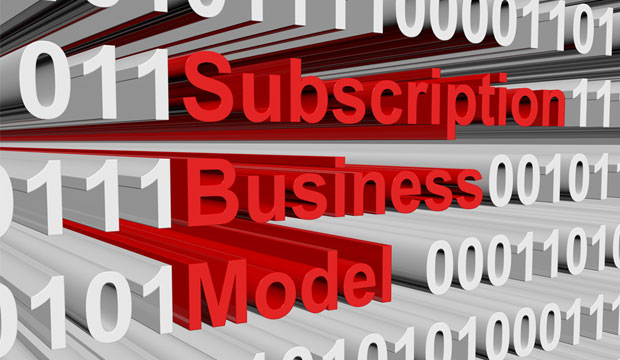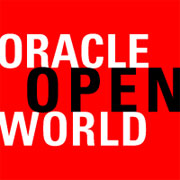Show season changes the CRM market; it always does. One day you’re in the vanilla application software space, and a week later you understand the need to incorporate social media or analytics or machine learning, or you see a need for enhanced integration and development through platform services. It goes on.
Today, in the wake of Oracle, Salesforce, Microsoft and many other companies’ trade shows, we’re again taking a look at the available suites. This time, we need to think less about what’s been added and how well-integrated the components are.
The Next Disruption
With Oracle now a year into rolling out its cloud strategy, we can’t say we’re in cloud computing’s early days anymore. We’re in a race to computing as a ubiquitous utility — like electricity, water and natural gas.
Oracle was the last cloud holdout, the last company that led with its legacy on-premises products. Today, it has reinvented itself to offer infrastructure, platform and applications — or any combination — as services.
The company might talk a good game about supporting legacy customers forever, and that will be necessary, but Oracle would like nothing better than to convert the legacy base to cloud infrastructure. Make no mistake about it — selling new cloud-based apps is the eventual goal.
Much the same is true of Microsoft, which now delivers end user products like Office by subscription, even if some of the software still resides on the desktop.
Salesforce was born in the cloud, of course, and it hasn’t suffered through a transition, although for almost 20 years it undeniably has been causing one. The disruption impacted everyone else — but the next disruption, or whatever we’ll call it, will affect even Salesforce.
With typical poise, Salesforce has been taking it all in stride and even has taken a leadership position.
The disruption turns from purely delivering technology to focusing on how it is used. The focus is very important to Salesforce and all the others, because it will have a direct impact on how much of its services (we used to call it “software,” but this is now) get bought and deployed.
Process Flexibility
So, we see increasing emphasis on learning how to develop apps and administer them even to the point of opening up the training platform, Trailhead, to enable partners to develop training programs for their custom apps.
In the background, there’s an effort to standardize on processes, which deserves attention. Back in the day, a process was carved in stone. Your organization used a seven-step sales process or maybe a five-step one. Introducing a seven-step process into a five-step organization was enough to set off a riot. It was something you did only very carefully if at all.
In that era, there were sales methodology companies (still are) and there were software companies, and each would tell you its products were agnostic. They were, too, with a little coding.
Today it’s different. The introduction of artificial intelligence and machine learning has made both methods and applications secondary. Yes, they’re still important — but no, they don’t rule the roost. Everywhere, sales people seem to be sidestepping the argument about which method is better in favor of adopting an attitude of doing what the AI system suggests is the next thing needed to advance a deal. As it should be.
Platform-based CRM with robust partner communities and their apps have brought us to the point of fully integrated and automated business processes. Customization has never been easier, thanks to the platform too. The next step in our journey will be inventing new business processes that derive from our need to be more agile to flexibly approach new opportunities.
Beyond the Deal
That’s what has been most interesting to me about show season. Each vendor has, in it’s own way, made a tacit nod to the primacy of data and analytics for automating processes. They’ve also begun closing the door on business processes that momentarily pop out of the automation sluice and into a spreadsheet or other form of manual thinking.
The change isn’t recognizable in sales alone — though selling is a big beneficiary, with solutions that include SFA, CPQ, admin functions, AI, ML, compensation management, and gobs of graphically rich reporting.
Marketing is a rich area, with its newfound abilities to identify, target, hand off, score and journey map. Service has its own rich tool set, most significantly analytics married to multichannel abilities to take customers from beginning to end of a support journey without necessarily bringing in a human.
In all of this, businesses have been freeing up employee time for higher-level tasks that add value to customer experiences well beyond getting a deal or a right answer. This is where the customer-facing jobs of the future will come from. They will demand more and different people skills as well as technical mastery.
That’s why this show season has been a turning point. I think it will be looked back on as the time we began a more disciplined approach to customers and employees as people who interact with technology, not just as various flavors of technologists.
























































